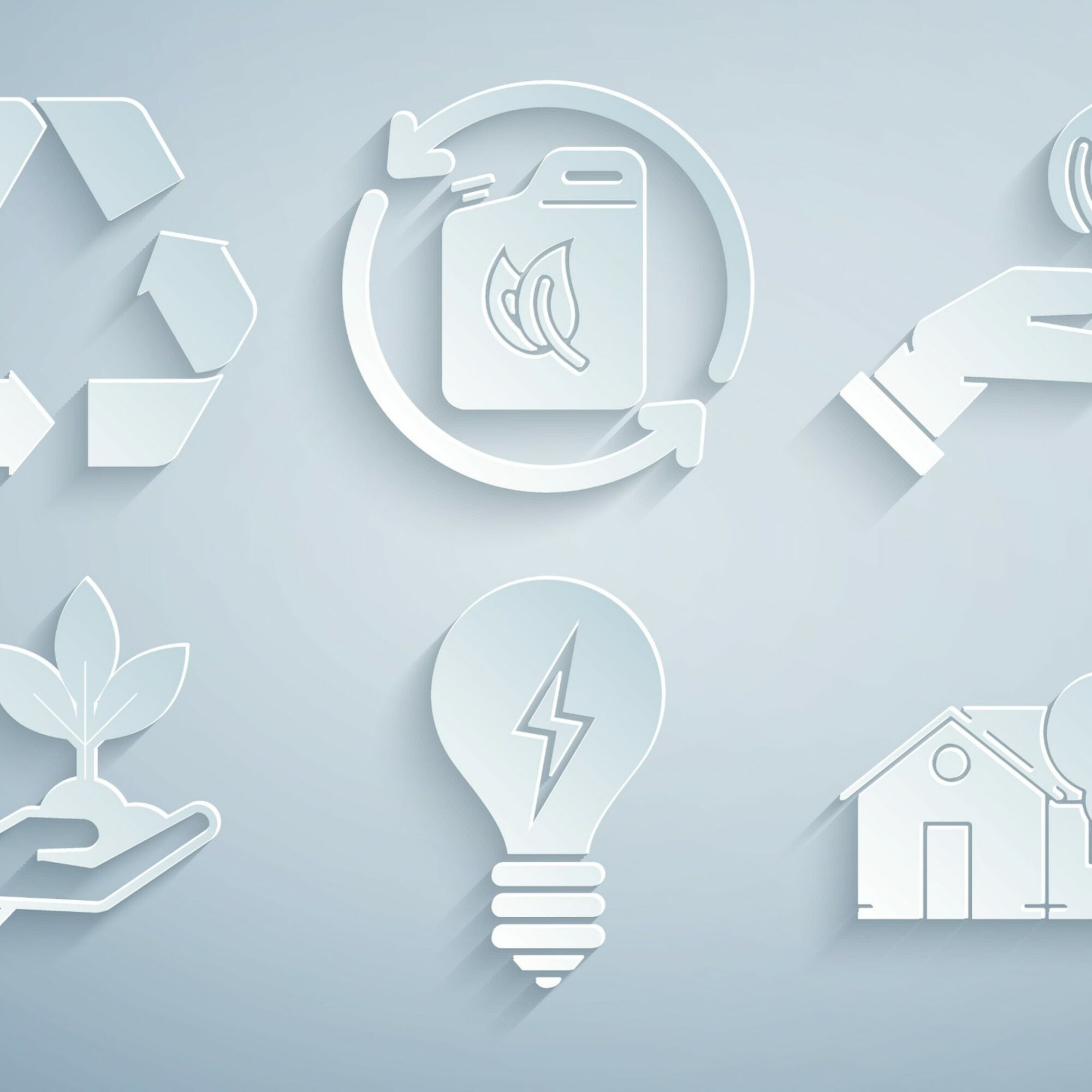E-fuels to the rescue of the combustion engine?

Synthetic fuels produced from electricity, also known as e-fuels, appear as a potential alternative to fossil fuels to limit net CO2 emissions. Indeed, their manufacturing cycle has a carbon footprint reduced by at least 70% compared to petroleum fuels. As a result, they are attracting growing interest from manufacturers in the sector, who are increasingly positioning themselves on this market. Alcimed’s Energy Environment Mobility team wondered about the real potential of this alternative.
What is an e-fuel?
E-fuels, synthetic fuels, also called Power-to-X (PtX) fuels, are produced from hydrogen and CO2 :
Focus on the production of these two “raw materials” for e-fuels:
- Hydrogen: For hydrogen-based e-fuels to make sense, it is important that the hydrogen – based on electrolysis – comes from electricity generated from renewable sources.
- CO2: it can be recovered directly from industrial sites that emit CO2 (cement plants, incinerators, methanizers, etc.) or from the atmosphere, even though the latter process is still very energy-intensive due to the low concentration of CO2 in the atmosphere.
Depending on the CO2 transformation process used, the fuels obtained vary… They can be e-kerosene for aviation, or e-diesel or e-gasoline for long-distance road transport.
On the other hand, it should be remembered that these fuels emit CO2 since they produce it during their combustion. However, these emissions are offset by the CO2 used to produce the fuel, if this production is made from renewable energy. E-fuels are therefore part of a circular approach.
E-fuels: a transitional solution for the air transport and heavy goods vehicle sectors
E-fuels cannot be seen as a substitute for “zero emission” technologies. E-fuels, when blended with fossil fuels, are compatible with current combustion engines without major modification. This is of course of interest to various players in the transport sector, particularly in heavy transport such as air transport and heavy goods vehicles.
Although this may be a transitional solution for these sectors, the hydrogen engines envisaged for aviation may take up 3 to 4 times more space than the thermal engines used today and still require development.
Several players are already investing in biofuels, such as Porsche and Siemens, who have joined forces to build an e-methanol production plant in Chile, in a particularly windy region where low-cost green hydrogen can be produced. Siemens has announced an annual production capacity of 55 million liters of e-fuel by 2024. On the aviation side, a first e-kerosene production plant is planned for 2023 with a capacity of 10 million liters per year to be used for domestic flights, with the objective of reducing emissions by 50%.
Key success factors and obstacles to the integration of e-fuels in the market
In addition to the environmental aspect, synthetic fuels are a credible alternative to fossil fuels because they rely on the use of renewable energy, which is unlimited unlike biofuels.
If this solution seems promising and already pleases some transport actors, there are however brakes to the integration of these fuels on the market:
- Price: the substantial energy requirements for the production of e-fuel are a big brake on their attractiveness and are partly responsible for a higher price at the pump than fossil fuels. For example, e-kerosene is 6 to 8 times more expensive than conventional kerosene. However, it is not impossible to imagine a gradual decrease in the price of synthetic fuels due to economies of scale and lower production costs of renewable electricity. Bosch estimates that the price of synthetic fuel (gasoline or diesel) could be between 2 and 2.5€/l by 2050.
- Other pollutants: despite a reduction in fine particle emissions, their use does not reduce nitrogen oxide emissions compared to a combustion engine, according to a study conducted by IFP Energies Nouvelles. It will therefore be necessary to find technical solutions to limit these emissions.
E-fuel is therefore a transitional solution that allows the transport industry to continue to use its fleet while reducing emissions. This does not, however, address the problem of air pollution. France, which has the lowest-carbon electricity in the world, could position itself as a leader in the manufacture and export of e-fuels. If the transition to synthetic fuels is an issue for you, Alcimed is there to accompany you!
About the author,
Charles, Consultant in Alcimed’s Energy-Mobility-Environment team in France
Do you have an exploration project?
Our explorers are ready to discuss it with you